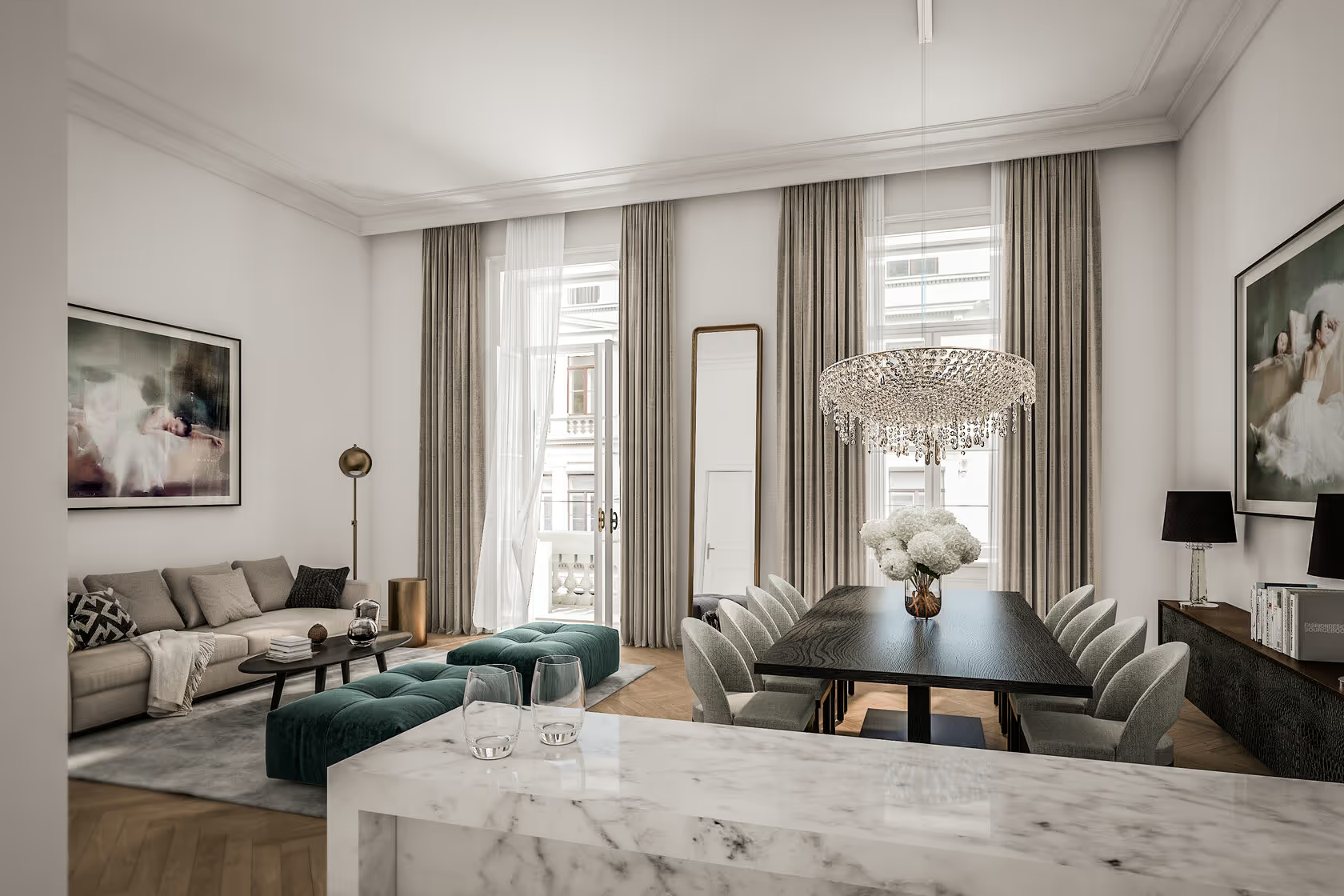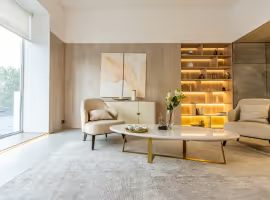It also houses multiple historical landmarks and natural areas that attract local and foreign tourists. Burgenland offers a fairly calm lifestyle and the quality of life here is increasing from year to year.
Austrians from other states often move here, which leads to a constantly high demand for property, as well as its value.
However, compared to other federal states of Austria, the price per square meter for the purchase of real estate in this province is fairly low - from EUR 1,200 to EUR 3,000, which provide very competitive rates for buyers and sellers.
In the following article we will look at the advantages and key features of Burgenland, the cost to buy and rent real estate, as well as why this region may be the best destination for living and investing in.





















